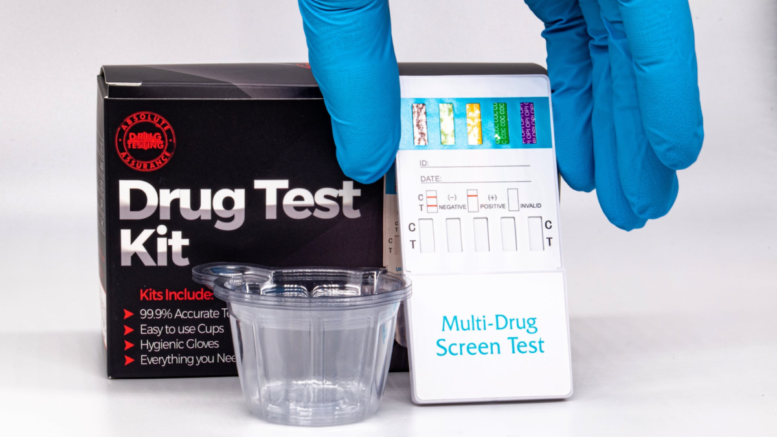Drug testing is a term that refers to the process of identifying whether or not an individual has used drugs. The term refers to general drug screening, which involves collecting samples for analysis to identify illegal substances. It is often conducted as part of the hiring process for certain positions; it may also be conducted after someone has been arrested on suspicion of driving under the influence (DUI) or other criminal activity related to the use of illicit substances.
Here, four common ways people get tested for drugs will be explored: saliva, urine, blood, and hair follicle tests.
Saliva Testing
Saliva testing is the most common method of drug testing. It is non-invasive and relatively easy to conduct; a swab is simply rubbed inside the mouth to collect a sample. To be able to do an accurate saliva test, the tester must have recorded the recent use of the drug in question in their system. For example, cannabis can be detected in saliva up to six hours after use, while cocaine can be detected for up to 24 hours.
The sample is then analyzed for the presence of drugs. This type of test is easily done at home or workplaces, where it could be used to test employees who are required to perform safety-sensitive tasks. It can also be used as part of an ongoing rehabilitation program for someone with a substance abuse problem.
Broad sorts of drugs like cannabis, cocaine, amphetamines, and opiates can all be detected with saliva tests, which makes it a popular choice for employers and rehabilitation clinics. These tests can also be purchased over the counter at the pharmacies, and as they do not require a prescription from a doctor, they can be found online.
Urine Testing
Urine testing is also a common method of drug testing. It is less expensive than some other methods and can detect a wider range of drugs. However, it is more invasive and can be difficult to collect a sample. The individual being tested must provide a urine sample in a clean container; they are not allowed to drink fluids for at least two hours before the test. Urine tests can detect drugs used in the past few days.
Checking for specific molecules in urine is the best way to determine whether or not an individual has recently ingested drugs or alcohol, or whether someone has been using prescription medications illegally. Also, the sample can be collected at home, which makes it a handy option to use in cases where safety-sensitive tasks are not required.
As with saliva testing, it can be used as part of pre-employment drug screening, but it may also be used as part of an ongoing rehabilitation program.
Blood Testing
While blood tests are more invasive than some other options on this list, they are also one of the most effective ways of determining if someone has recently used drugs. This is because blood samples test for the presence of the drug itself rather than metabolites that indicate recent use. And because using certain types of drugs leaves traces only in the blood, this method is often used by law enforcement officials after accidents where substance abuse may have played a role. It can also be used to monitor the effects of drug use in someone receiving addiction treatment.
Regarding the amount of blood needed for the test, a small sample is all that is required for most substances. There are some drugs, however, like opiates, for which a larger sample may be needed.
Hair Follicle Testing
Hair follicle tests are one of the least commonly used methods on this list, but they are nonetheless effective at detecting drug use over time. Drugs can remain in hair follicles for months after ingesting them; other evidence may point to evidence that drugs were used long ago, but if no other signs are present this method is an accurate way to establish historical usage.
Hair follicles also provide a timeline of the individual’s history with particular substances, making it possible to establish patterns of substance abuse or addiction. This can help rehabilitate people who suffer from substance dependency problems. It can also help employers determine whether or not someone has a history of abusing drugs or alcohol.

It’s important to note that no single test can detect every type of drug in someone’s system, but the substances most often tested for are covered by one or more of these tests. While the specific protocols for each test vary according to its purpose and who is administering it, understanding how they work helps ensure that they are conducted properly and produce accurate results.
